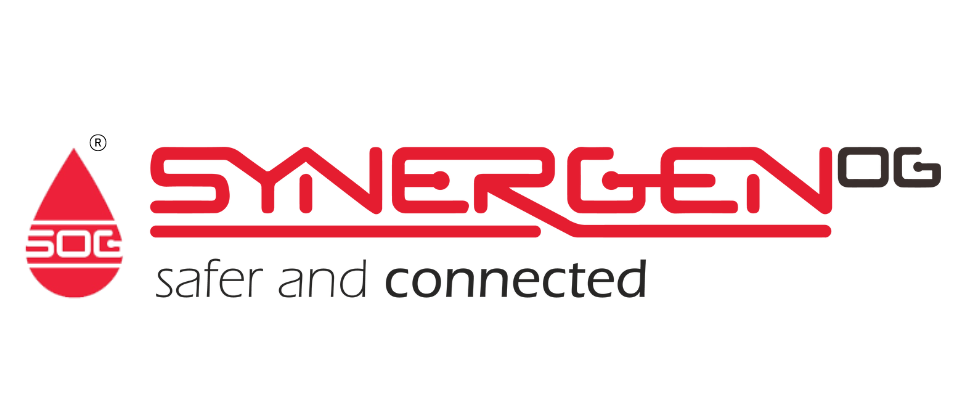The challenge for businesses is finding a balance in the hybrid working world.
If you’re looking for the answer to the question above, you might find that answers were in favour of more work freedom prior to COVID-19. But in recent articles, leaders and organisations seem to have conflicting opinions.
Throughout the pandemic, while most of us were working from different spaces of our home, the idea of monitoring and evaluating one’s performance and key deliverables were put to the test. Neither management nor employees knew how to quantify, prove and exhibit the intended results. Few companies and leaders were able to articulate clear guidelines for working from home.
While some organisations had stringent policies in place, others had given their employees more autonomy to govern their working pace and style.

There were innumerable positives such as improved work-life balance, reduced distractions as well as focused deliverables. And on the other hand, there were downfalls that included mental and health challenges, feelings of isolation and discontent between co-workers and domestic conflicts (most of us don’t have the luxury of space in the city, living in compact build-up homes instead), and having all family members in at the same time can be a strain on our patience and sanity). As much as we care for our family members, imagine sharing a single bathroom with your partner and two children.
We decided to continuously find our way together with the team, treading carefully between too much and too little freedom at work.
“Our focus was the value of work vs time of work, outcome vs output, doing the right things vs doing things right.”
Giving too much freedom, however, poses both strengths and weaknesses. In hybrid working conditions, we are each given the trust to complete tasks without supervision. But too much freedom at work can lead to abuse and confusion. Where some will find themselves unable to discipline themselves, others may prosper. HR policies must be streamlined to highlight dos and don’ts explicitly. However, constant communication and clarity are also important because not everyone is mindful of their behaviour and its impact on fellow colleagues. Leaders must be sensitive to this and be prepared for the consequences.
As someone who is directly involved in overseeing how the experiment pans out, I’ve realised that many factors need to be considered in order to find a perfect balance tailored to one’s company culture. We must consider the level of maturity among individuals, cultural and socio-economic influences, salary discrepancies, job descriptions, perceived and explicit roles and the responsibility of individuals across all organisation levels.

Surely, if there were a one-size-fits-all solution for freedom, we’ve had already adopted these practices, but freedom without responsibility and accountability is unhealthy. Lack of freedom stifles creativity, flexibility, and a sense of trust among people. Striking a balance between the two is a subtle art form. A good dancer will never perform if the stage is unstable.
So how much freedom at work is too much? Freedom is not a right but a mutual understanding of goals and values leaders and their management can help assuage concerns and guide the employees towards desirable work outcomes by communicating regularly and effectively.
Kadam Balan spearheads the business division at SynergenOG and other organisations. He is a community-driven thought-leader who works consistently to contribute to the industry and its people as a mindful global citizen.

